Canon PowerShot A720 IS Review
Canon PowerShot A720 IS
Are you looking for a bit more creative control from your compact camera?
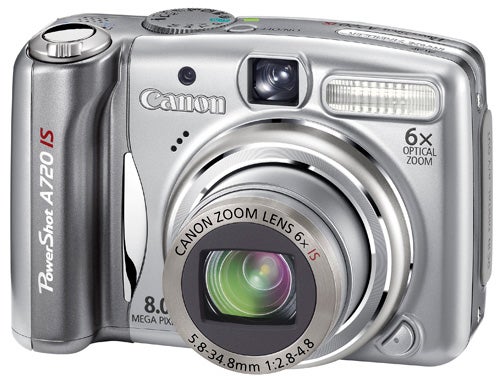
Verdict
Key Specifications
- Review Price: £179.99
It’s been a while since I’ve taken a look at any of Canon’s A-series cameras. What with the popular and fashionable IXUS range, the very successful range of digital SLRs, the wonders of the S5 IS super-zoom and the semi-pro PowerShot G9, not to mention the new SX100 IS, the poor old A-series has been a bit overlooked of late. In fact the last A-series camera I reviewed was the excellent A570 IS, back in June. Naturally things have moved on a bit since then, and included in Canon’s Autumn collection was the PowerShot A720 IS, an 8-megapixel, 6x zoom camera with optical image stabilisation, an optical viewfinder, 2.5-in wide-view monitor and a range of manual exposure options. It’s sold exclusively through the Jessops chain here in the UK, but is available from a wider range of sources elsewhere in the world.

Jessops is currently selling the A720 IS for £179.99, which is perhaps a little more expensive than I would have expected, but then like most of the A-series cameras it doesn’t really have a lot of competition. If you’re looking for a mid-sized compact with a decent zoom range, a high quality lens and a good range of features including manual exposure, then you’re going to end up with either a Canon A-series, one of Fujifilm’s S-series cameras or possibly a Samsung NV7. There really aren’t any other serious alternatives. Even given that choice it’s hard to compare he A720 IS with anything else on the market apart from another Canon. The A720 IS is currently the second-from-top model in the A series. After this it’s the 12-megapixel A650 IS (which has been delayed by technical problems), the SX100 IS, and then you’re into the S and G models, which are a lot more expensive. From that perspective the A720 IS looks like pretty good value for money.
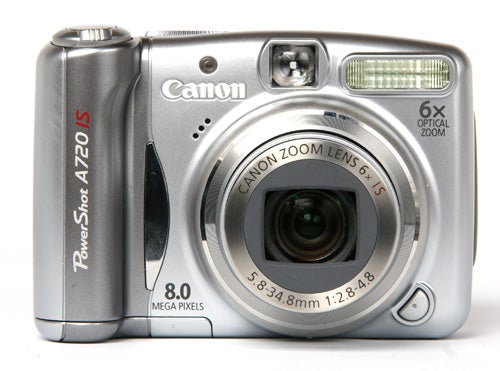
The overall style of the A720 IS is very similar to most of the other models in the range. The body is made from plastic, but the build quality is up to Canon’s usual high standard. It does emit a few creaks when given a good squeeze and there are a few areas on the body that do flex slightly, but it feels reasonably robust, and the fit and finish of the controls and other external features is very good. The battery/card hatch has a metal hinge, and the rubber-like plug covering the access ports on the left of the body fits securely. The tripod bush is plastic, and is located right at the far end of the base plate, which could cause a few problems, but at least it means you can open the hatch when the camera is fitted to a tripod. The camera is somewhat larger than most pocket compacts, measuring 97.3 x 67.0 x 41.9 mm, and weighs around 250g including the pair of AA batteries that supply it with power, so it’ll take up a lot of room in your pocket.
The A720 IS has a small but comfortable handgrip on the right, with plenty of room for your thumb on the back, and the handling is very good. All of the controls are gathered on the right-hand side of the body, and positioned for easy one-handed use. Playback or capture modes are selected by a simple slider switch on the upper right, zoom control is a rotary bezel around the shutter release, while main shooting mode selection is via a large knurled dial on the top which can be turned with the thumb. The A720 ISO has a good range of shooting options, including the shutter priority, aperture priority and full manual exposure modes that will appeal to more experienced photographers. Apertures can be selected between the maximum of f/2.8-4.8 and the minimum of f/8 in 1/3EV intervals, and shutter speeds from 15 seconds to 1/1500th of a second are also available in 1/3EV steps. This is a much wider range of control than many compacts that offer manual exposure.
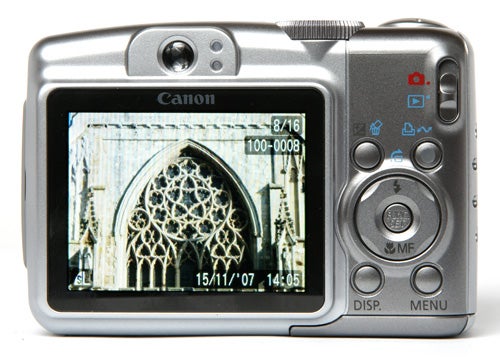
As well as the manual modes, the camera also offers program auto, a simple full auto mode in which most of the menu options are disabled, and five scene program options. There is also a scene mode that offers a further seven special programs, including an underwater mode for use with the optional diving case. The video mode is fairly standard, offering VGA resolution at 30fps. The A720 IS has Canon’s usual function button menu, providing quick access to most commonly used shooting options, including ISO setting, white balance, colour mode, flash output, metering mode, compression quality and image size. It is much the same selection as is offered by most of Canon’s compact camera range, and is more than enough to cope with most situations, as well as providing some welcome creative control. The main menu offers even more options, such as a range of focusing modes including face detection, AiAF, centre and flexible positioning. Flash sync can be set to first or second curtain, and there are monitor grid overlays for both rule-of-thirds and 3:2 composition. The image stabilisation can be set to operate continuously, only on shooting, or limited to vertical stabilisation only for panning shots. One omission is variable noise reduction, but you can’t expect too much from a sub-£200 camera.
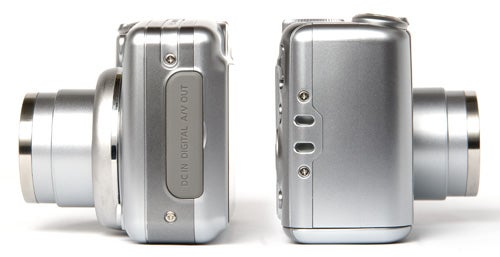
The 2.5-inch LCD monitor isn’t terribly sharp at only 115k pixels, but it does have Canon’s usual anti-glare coating and is bright enough to use in full sunlight. It is advertised as having a wide angle of view, and they’re not kidding. The image on the screen can be seen clearly from almost any angle, making it ideal for holding the camera over your head at concerts, and for showing the resulting pictures to your no doubt admiring friends afterwards. Compact cameras that have viewfinders are something of a dying breed, and often the viewfinders they do have are so small as to be virtually useless, but the A720’s finder is actually very good. It is nice and bright, with good optical quality, is mechanically linked to the zoom lens, and provides about 80 percent frame coverage. It is a good alternative to the monitor if you want to stretch your battery life as much as possible.
The camera’s general performance is also very good. It starts up in well under two seconds, and takes about another two seconds to shut down again. In single shot mode at maximum quality the shot-to-shot cycle time is also around two seconds. The flash is a little slow to recharge, taking between six and eleven seconds per shot depending on the situation, but it makes up for this with excellent exposure control, especially at close range, and a wide angle range of approximately 3.5m at ISO 200. In continuous shooting mode the A720 IS does very well, shooting at a consistent 0.7 seconds per shot, which it appears to be able to maintain until the memory card is full. According to the information on the monitor, a freshly-formatted 1GB SD card is enough to hold 286 pictures at maximum size and quality, but I suspect that the actual figure may vary by quite a lot. The A720 IS has about the widest variation in JPEG file sizes I’ve ever seen, with photos taken at the highest setting varying from 2.4MB to 6MB depending on the content, although the average of around 4MB for a typical scene is about what I’d expect from a good 8MP camera.
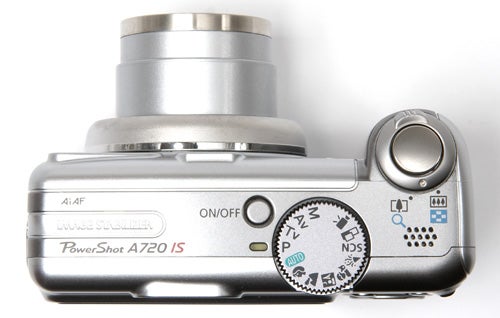
As with some of Canon’s other AA-powered compacts, battery duration is a concern. My test sample was supplied with a pair of standard industrial alkaline batteries which faded out after about 150 shots, which is pretty much what Canon states in the camera’s specification. If you’re considering buying an A720, I’d suggest buying a couple of sets of NiMH rechargeables and a charger as well.
The A720 IS is clearly aimed at photographers who expect a bit more from their camera than a simple point-and-shoot snapshot can provide, and this naturally includes superior image quality. 8MP is about the optimum resolution for compact camera image quality at the moment, and the A720 performs better than most. The 6x zoom lens is particularly good, providing a huge amount of fine detail with good edge sharpness and very little barrel distortion at wide angle, although there is a little pincushion distortion at the telephoto end. Dynamic range is very good considering the small 1/2.5-inch sensor, with excellent shadow and highlight detail even in very high contrast shots, and colour reproduction is typically superb. Noise control is also well above average, with very good image quality at 800 ISO, and usable results even at the maximum setting of 1600 ISO. All in all, an excellent performance from a very accomplished camera.
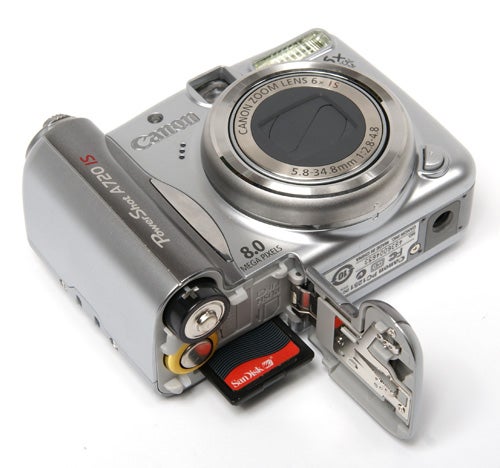
”’Verdict”’
The Canon PowerShot A720 IS is an ideal camera for anyone who wants a bit more creative control than most pocket compacts can provide, and would be an excellent choice for anyone who wants to learn more about photography. Build quality, design and performance are all first rate, image quality is superb and the range of features is hard to match at the price. Battery duration could be a problem, but the ready availability of AA batteries offsets this somewhat.
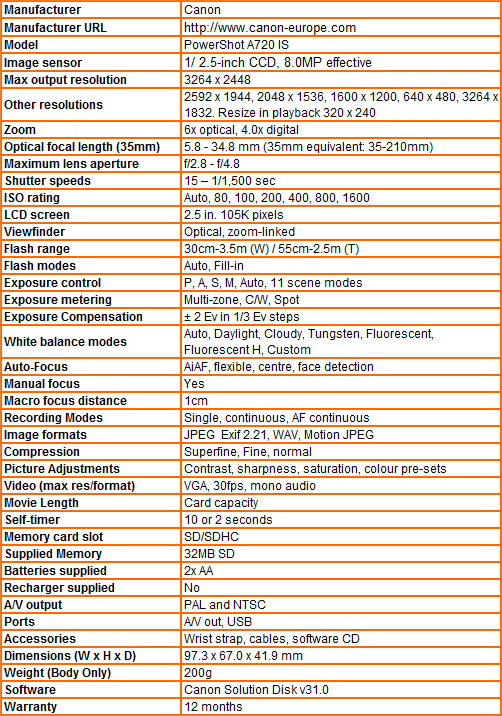
”Over the next few pages we show a range of test shots. On this page the full size image at the minimum and maximum ISO settings have been reduced to let you see the full image, and a series of full resolution crops have taken from original images at a range of ISO settings to show the overall image quality.”
—-
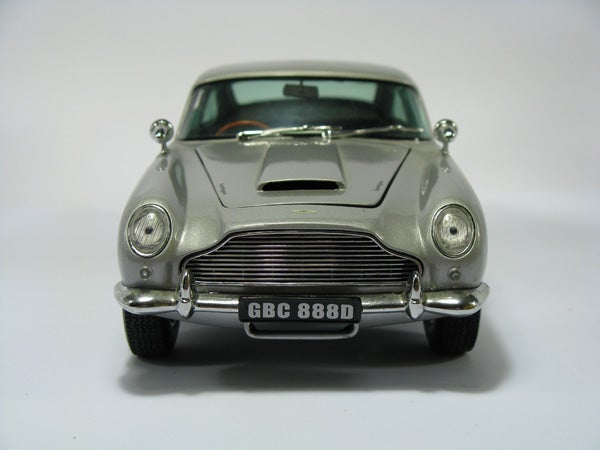
This is a full-frame image at the minimum sensitivity of 80 ISO.
—-
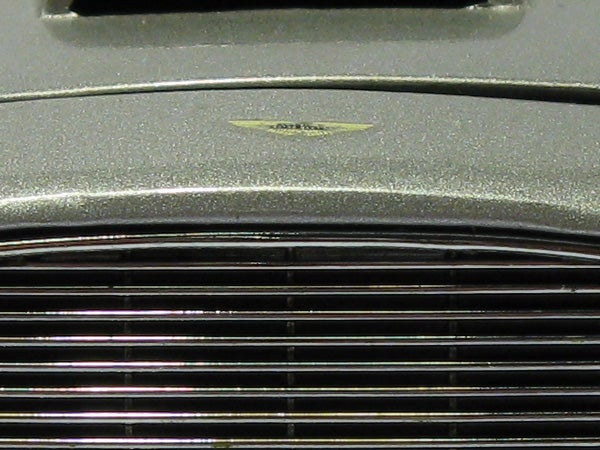
Image quality at the lowest ISO setting is superb.
—-
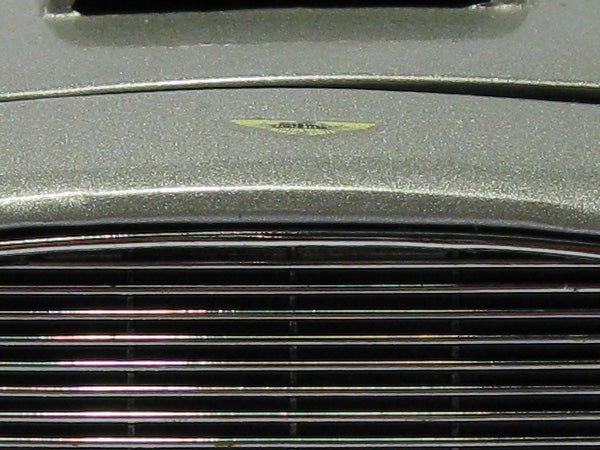
Not surprisingly image quality is unchanged at 100 ISO.
—-
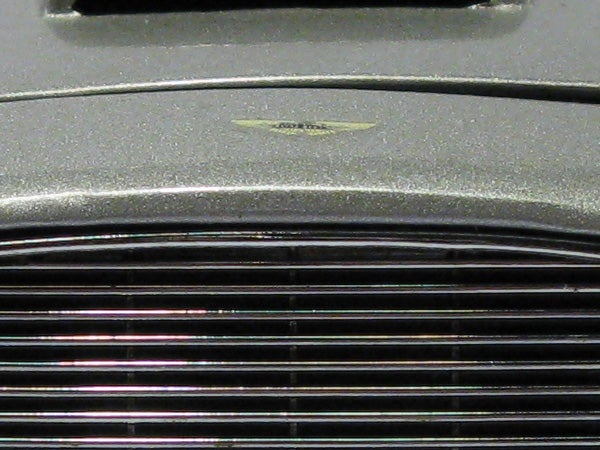
Still no trace of noise at 200 ISO.
—-
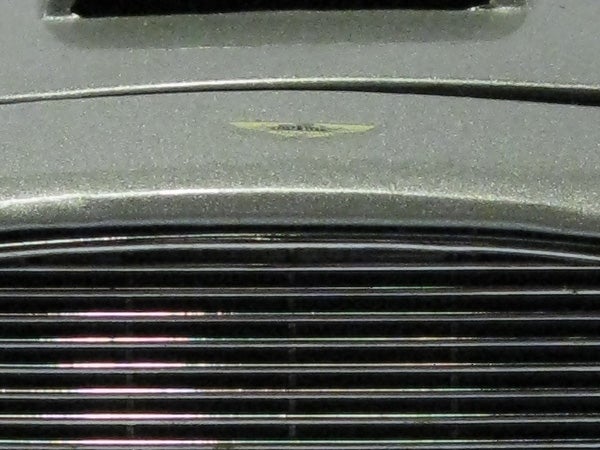
There is a little luminance noise at 400 ISO, but it is barely noticeable.
—-
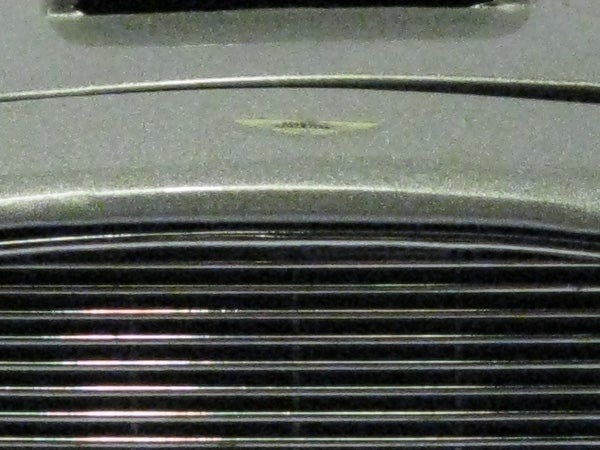
Noise is a bit more prevalent at 800 ISO, but the image is still printable.
—-
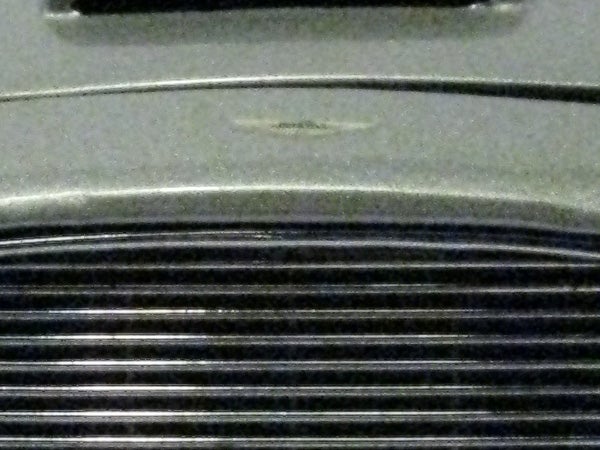
Some fine detail has been lost at 1600 ISO, but the overall image quality is still surprisingly good.
—-
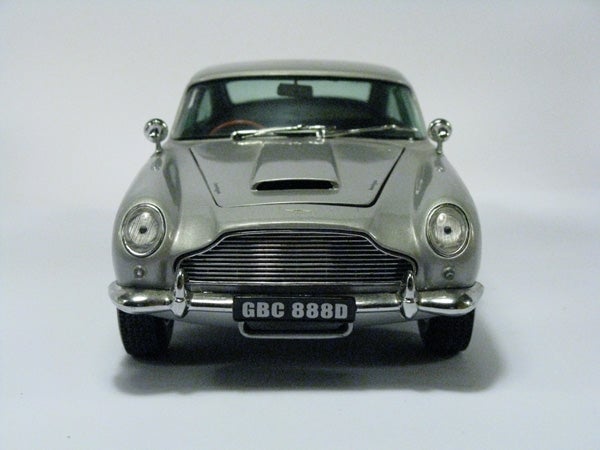
This is the full-frame image at the maximum ISO setting of 1600.
—-
”A range of general test shots are shown over the next two pages. In some cases, the full size image has been reduced for bandwidth purposes, and a crop taken from the original full resolution image has been placed below it to show the overall image quality. Some other pictures may be clicked to view the original full-size image.”
—-

Here’s my usual detail test shot of the West Window of Exeter Cathedral, for you to compare with other cameras. See below for a full res crop, or click to see the whole picture.
—-
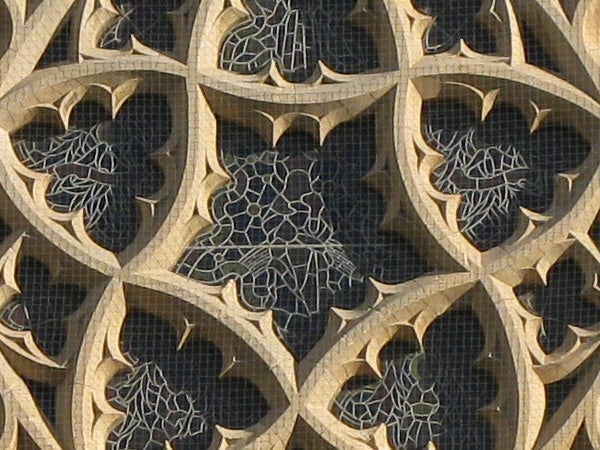
The level of fine detail is amazingly good for an 8MP camera, better in fact than most 10MP models.
—-

The lens produces some barrel distortion at the wide-angle end, but it is not too severe.
—-

Sharpness is excellent at the centre of the frame.
—-
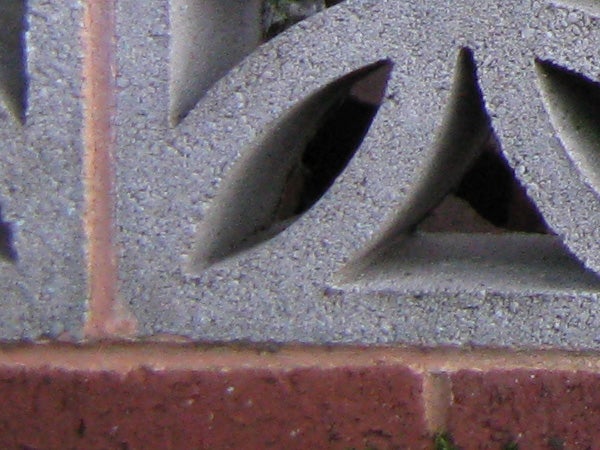
Corner sharpness is also very good, with minimal chromatic aberration.
—-

There is some pincushion distortion at the telephoto end, but again it isn’t too bad.
—-
”A range of general test shots are shown over the next two pages. In some cases, the full size image has been reduced for bandwidth purposes, and a crop taken from the original full resolution image has been placed below it to show the overall image quality. Some other pictures may be clicked to view the original full-size image.”
—-
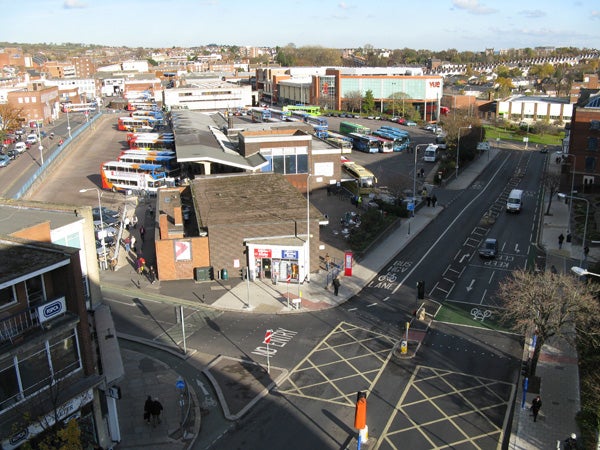
The wide-angle end is equivalent to 35mm, a little wider than average for a compact.
—-

The telephoto end of the 6x zoom range is equivalent to 210mm, good for zooming in on distant details.
—-
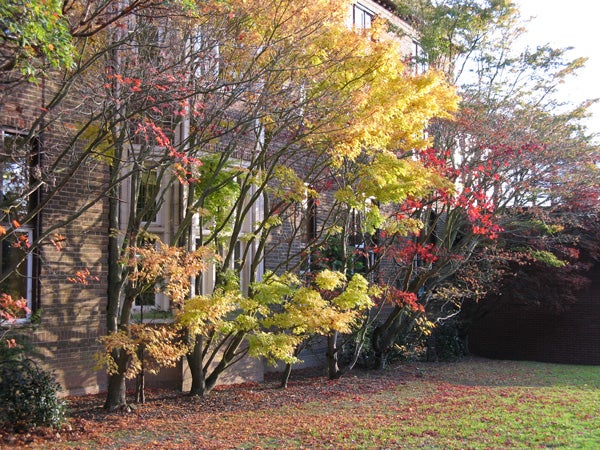
Colour reproduction is excellent, although this shot doesn’t really do it justice.
—-
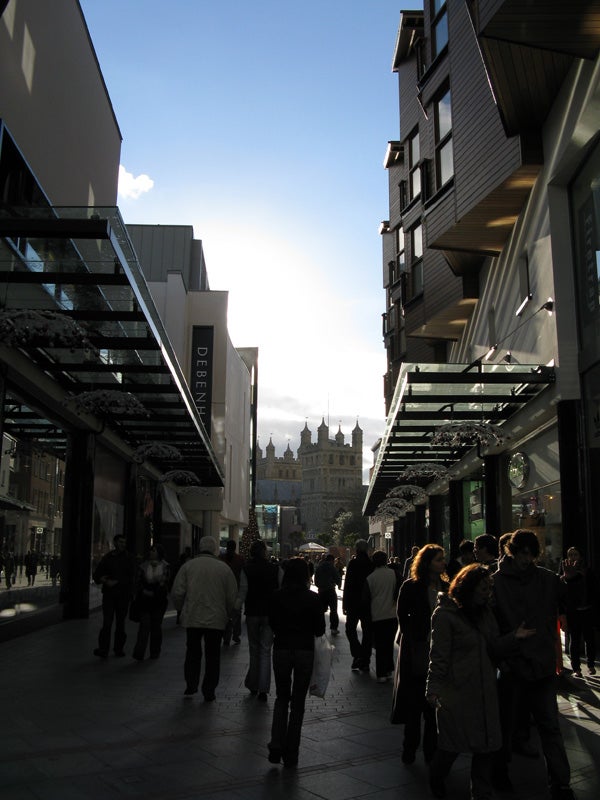
The sensor produces good dynamic range despite its small size, thanks to the Digic III processor.
—-
Trusted Score
Score in detail
-
Value 7
-
Image Quality 9
Features
| Camera type | Digital Compact |
| Megapixels (Megapixel) | 8 Megapixel |
| Optical Zoom (Times) | 6x |
| Image Sensor | CCD |
| Image Stabilisation | Optical |
| LCD Monitor | 2.5 in |
| Flash modes | Auto Flash, Red-eye Reduction, Flash ON, Flash OFF |
| Video (max res/format) | 640 x 480 |
| Memory card slot | Secure Digital (SD) Card, MultiMediaCard (MMC), Secure Digital High Capacity (SDHC) Card |

